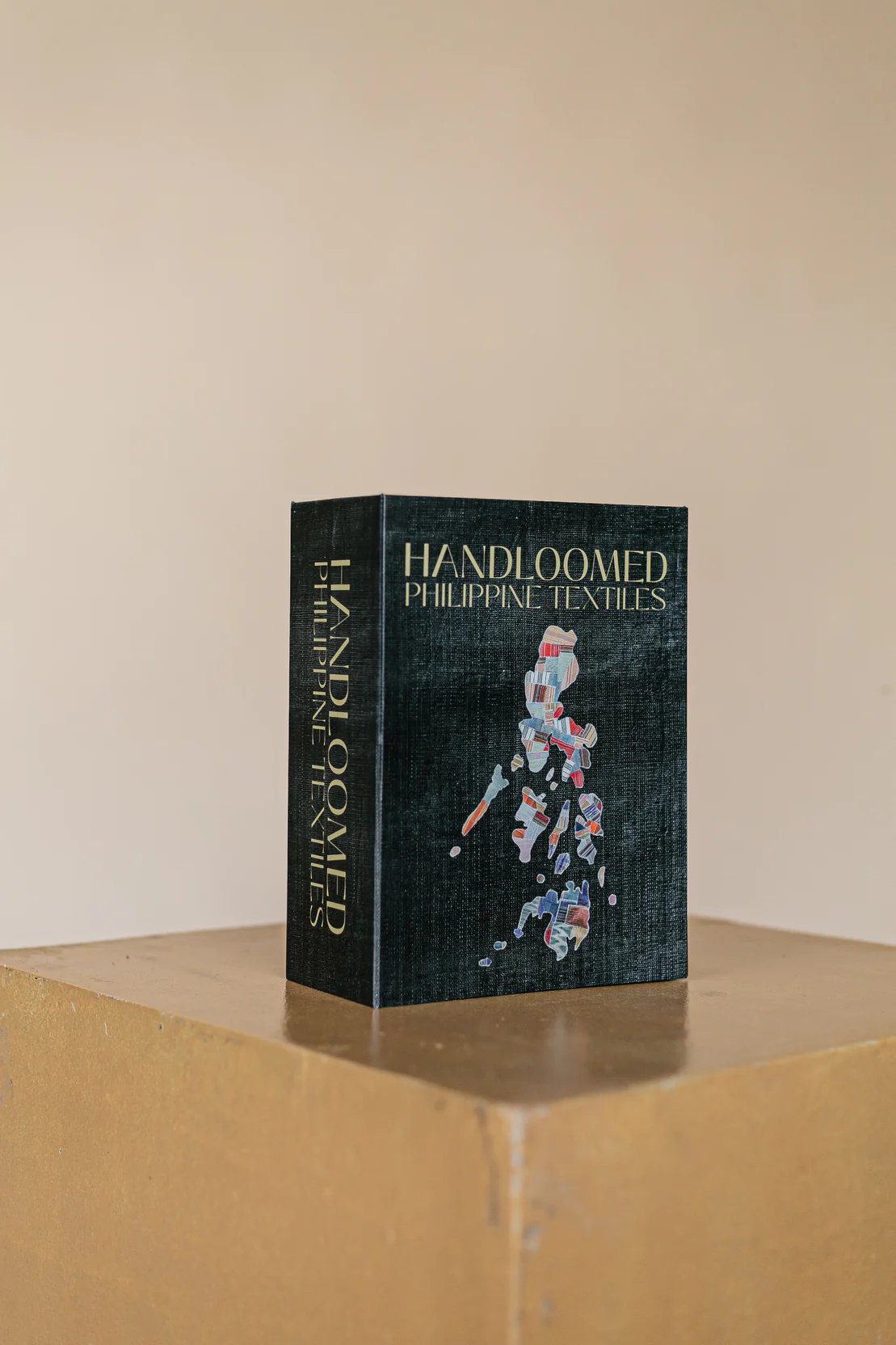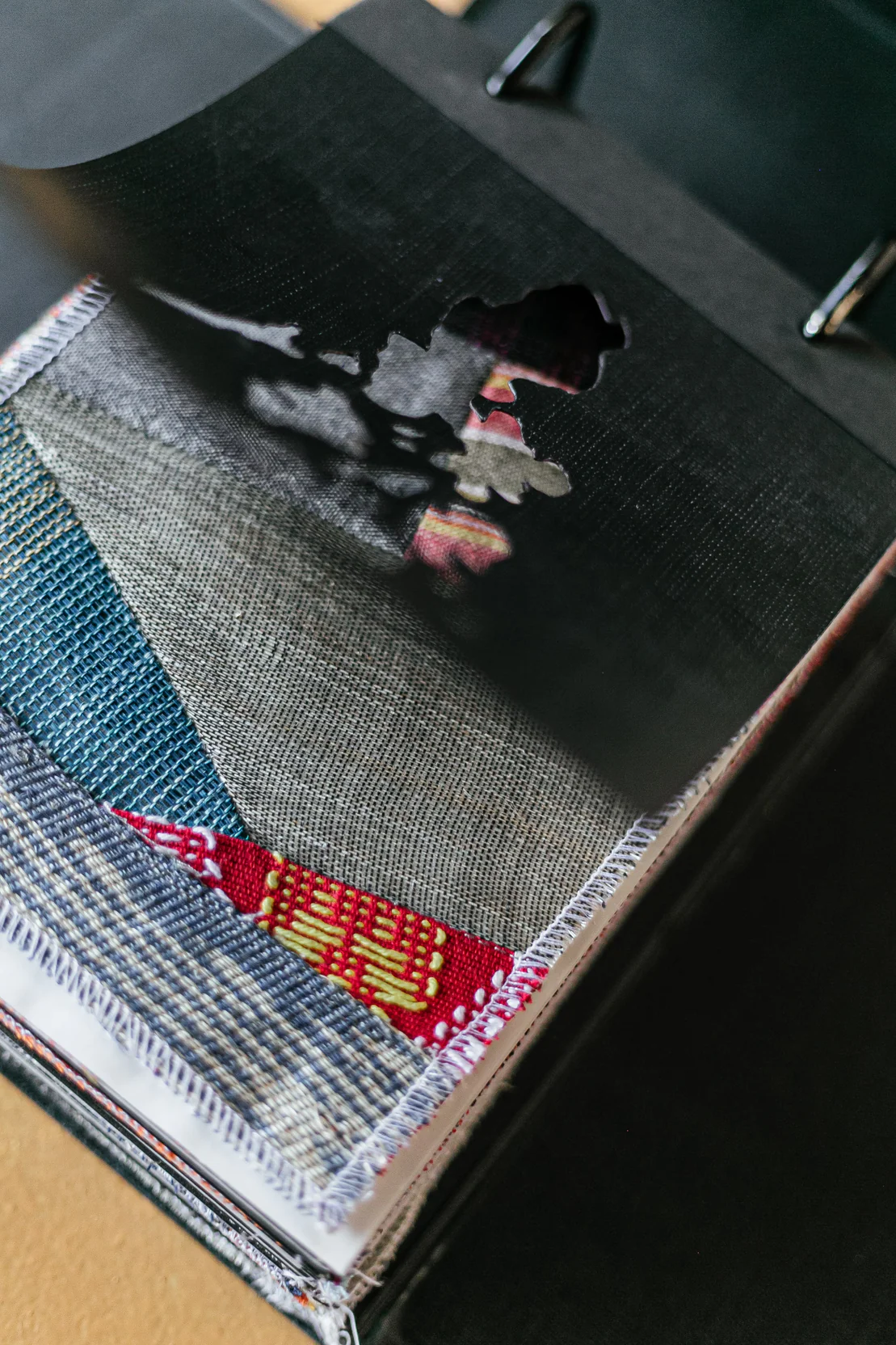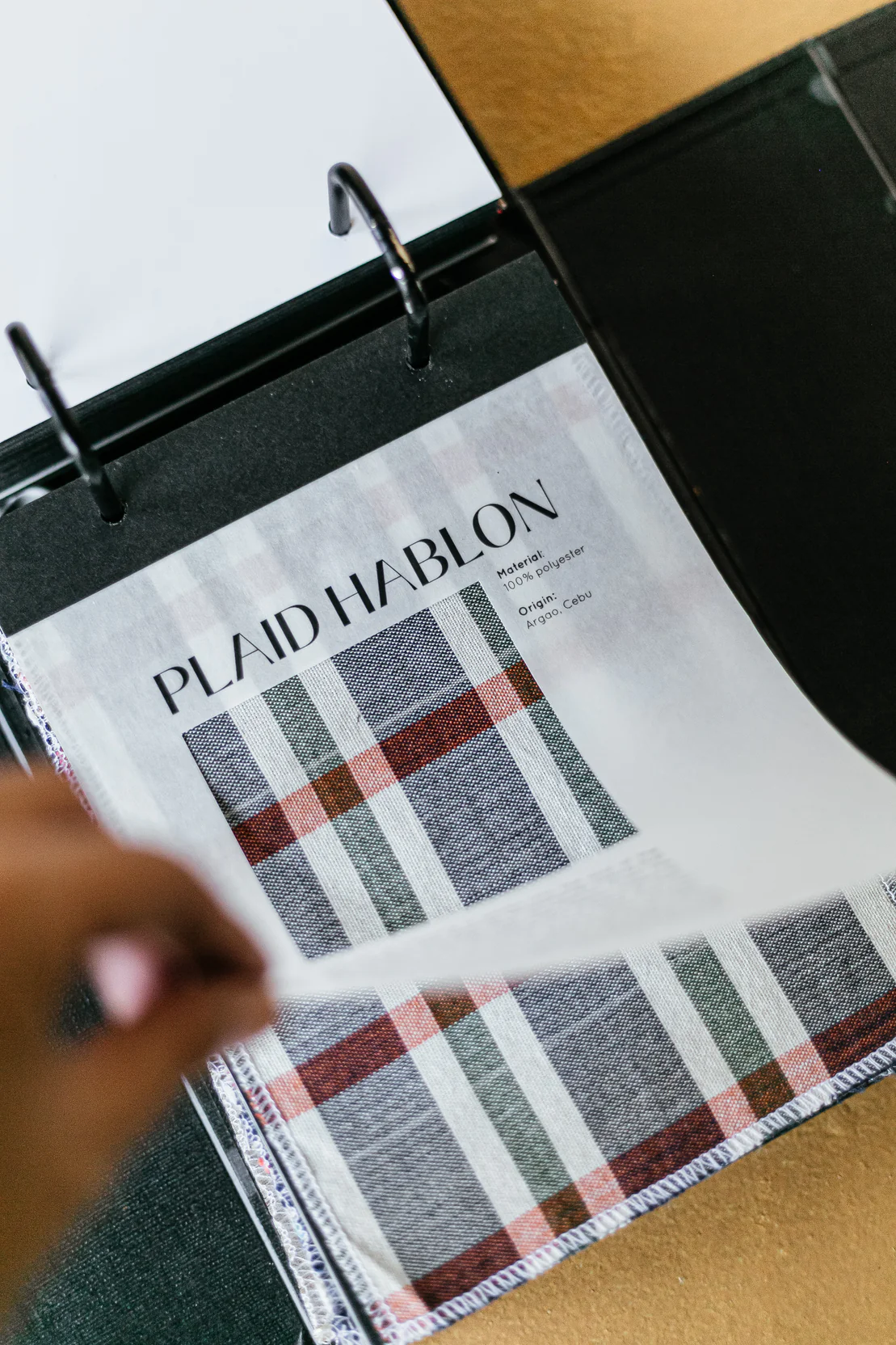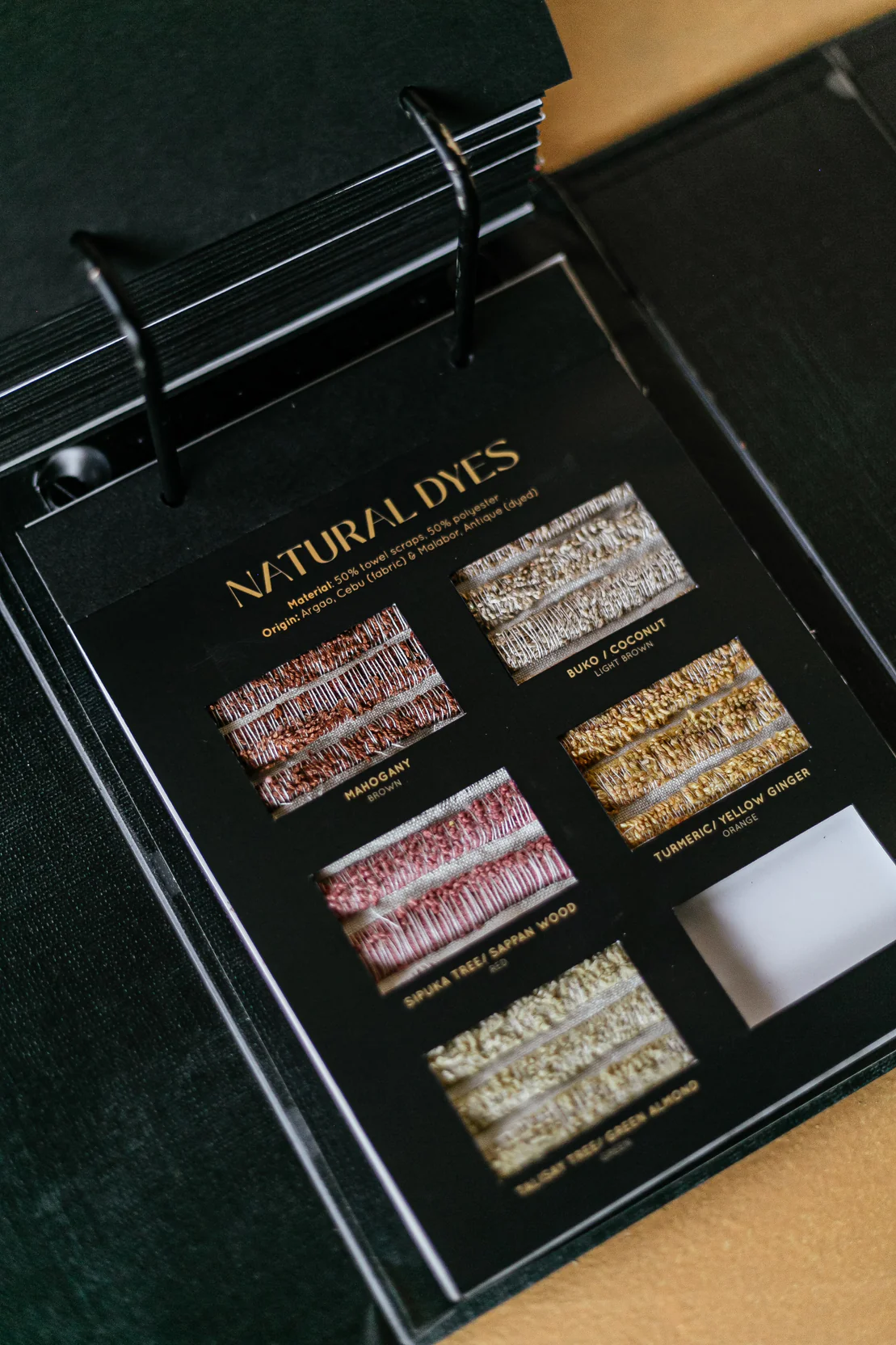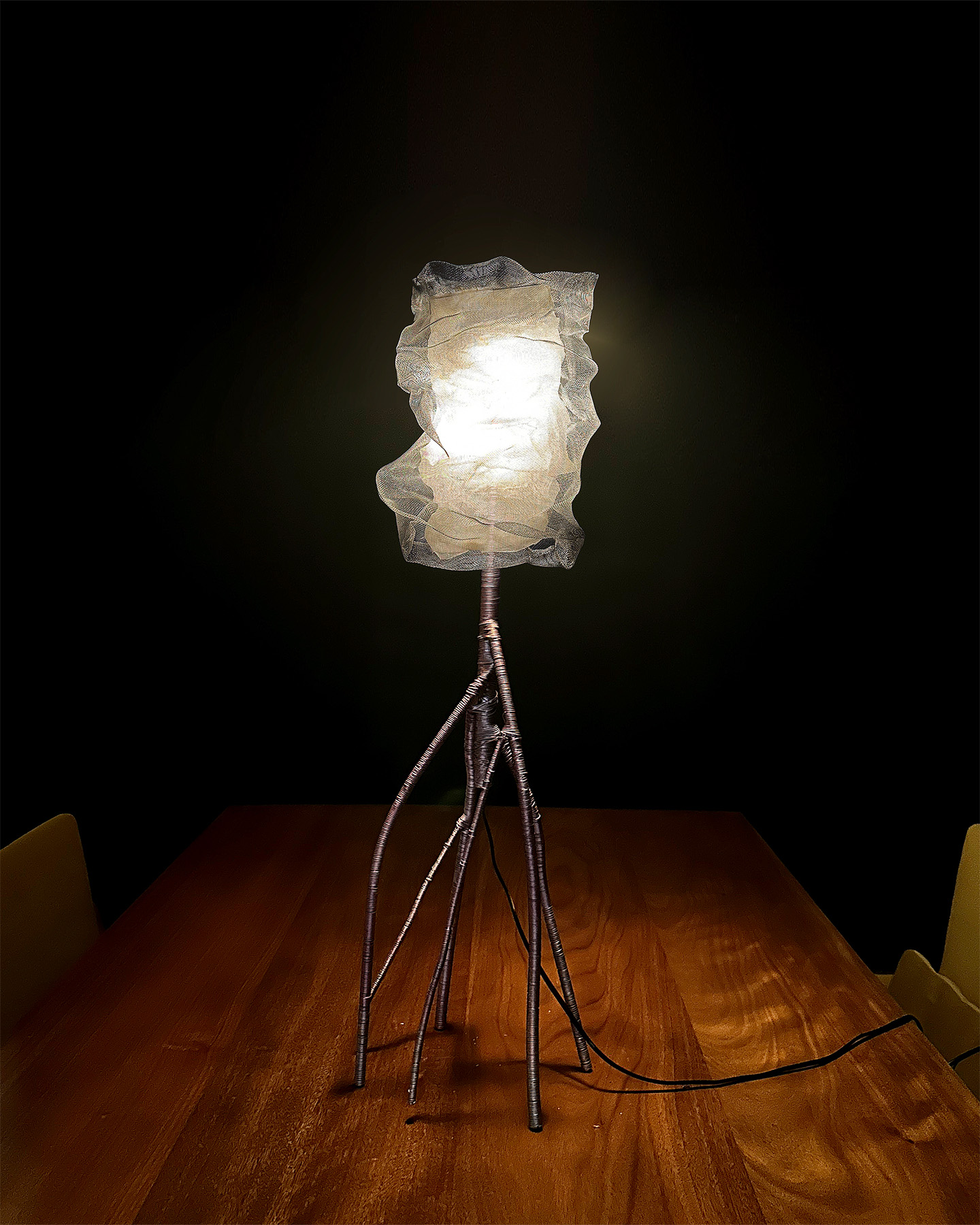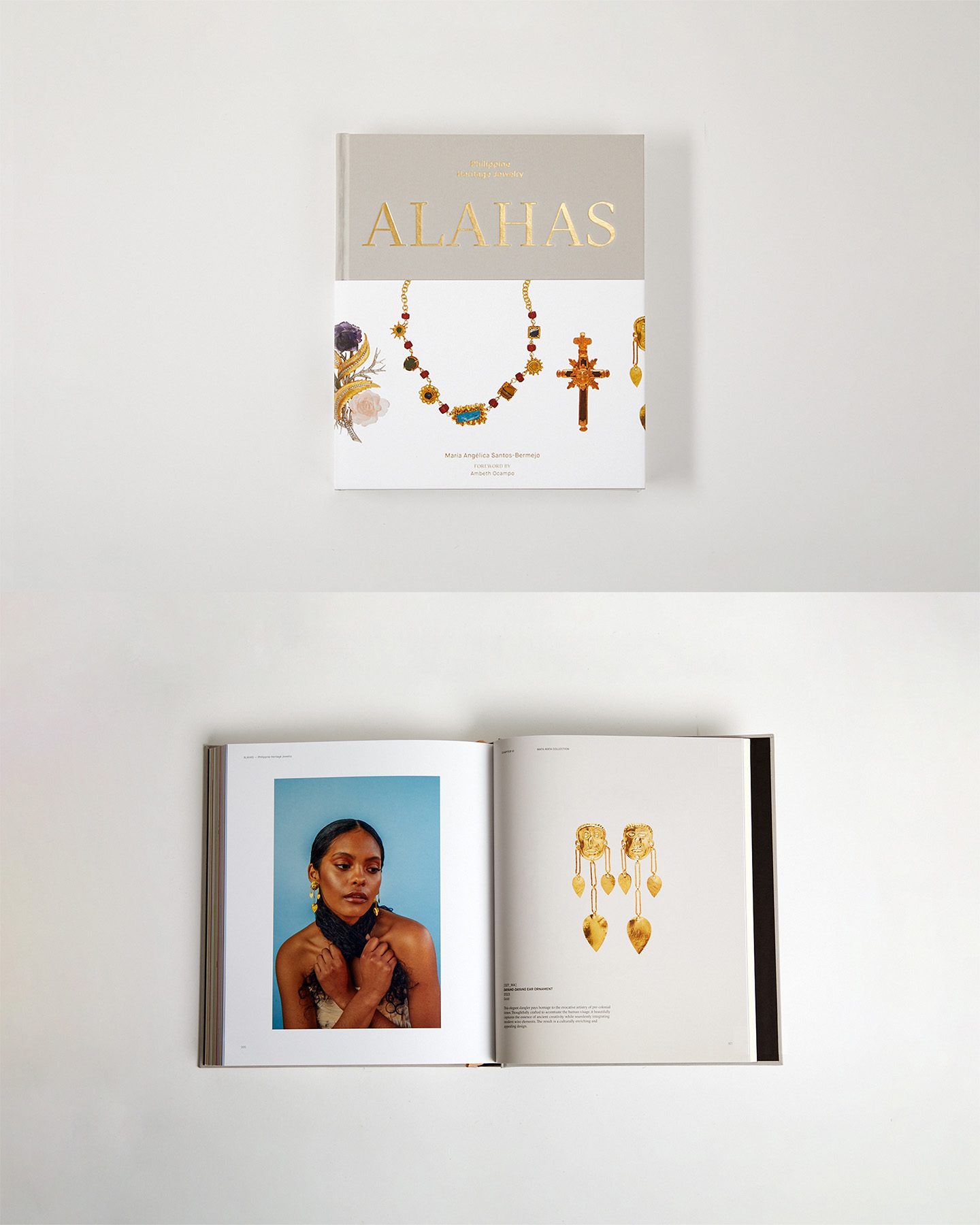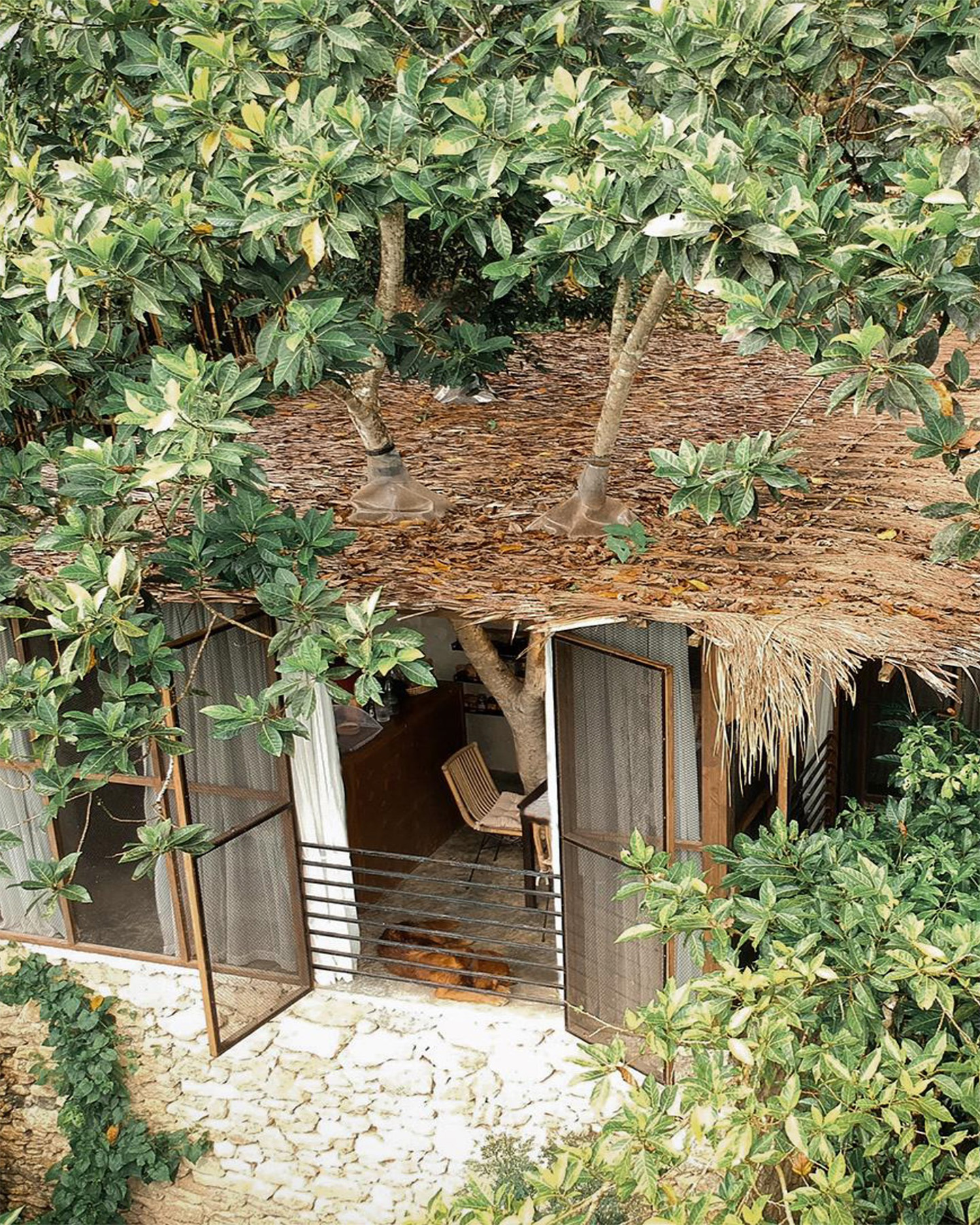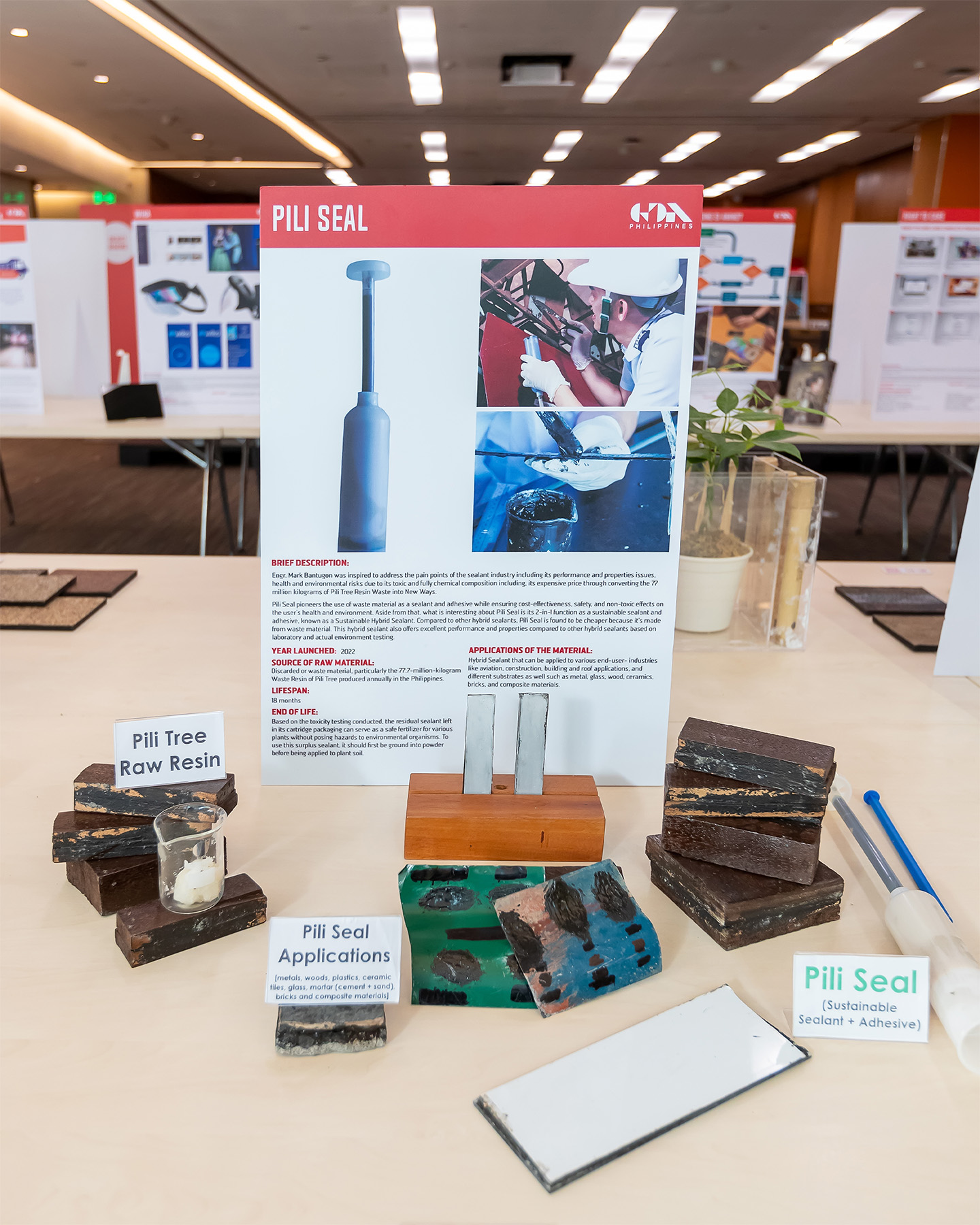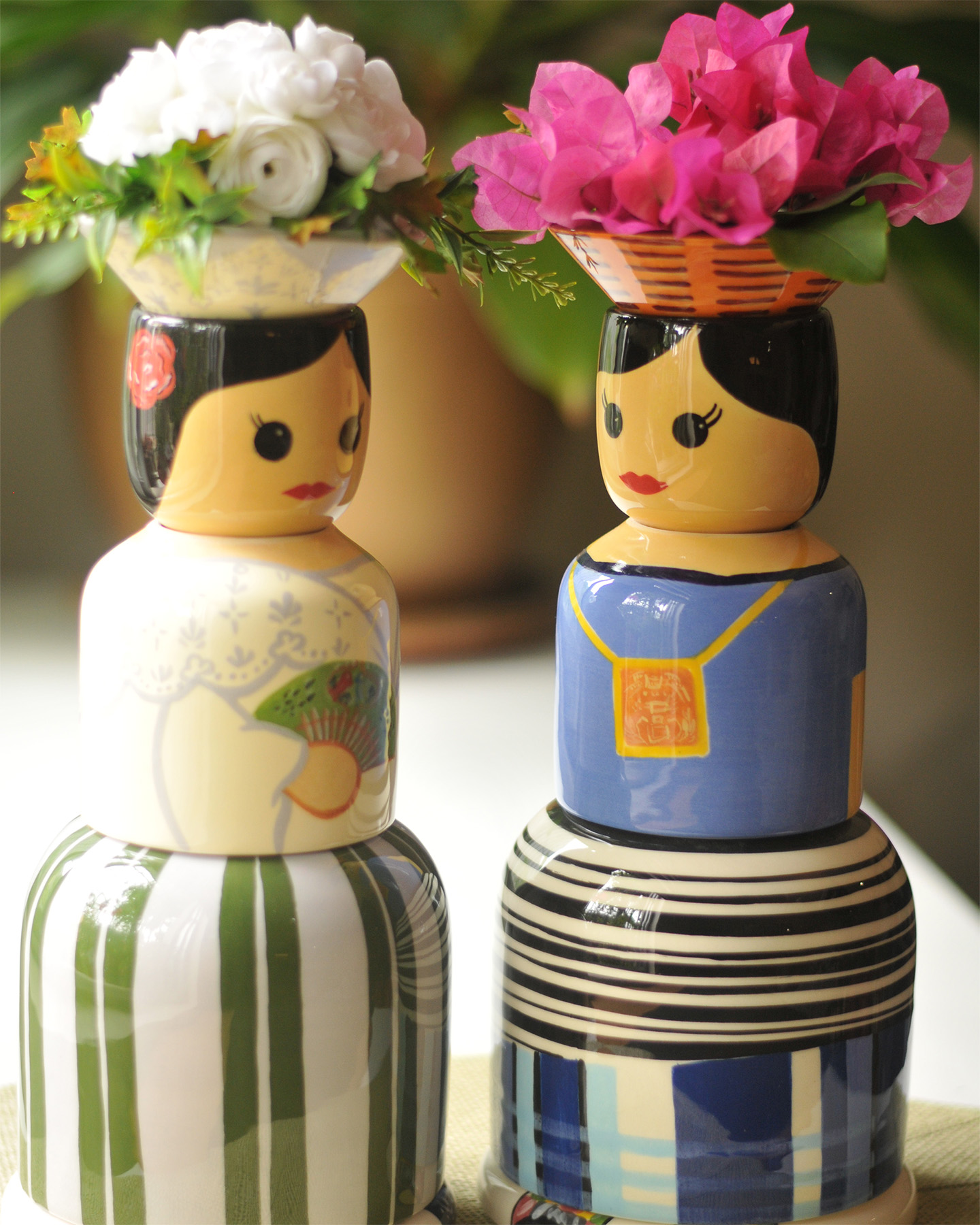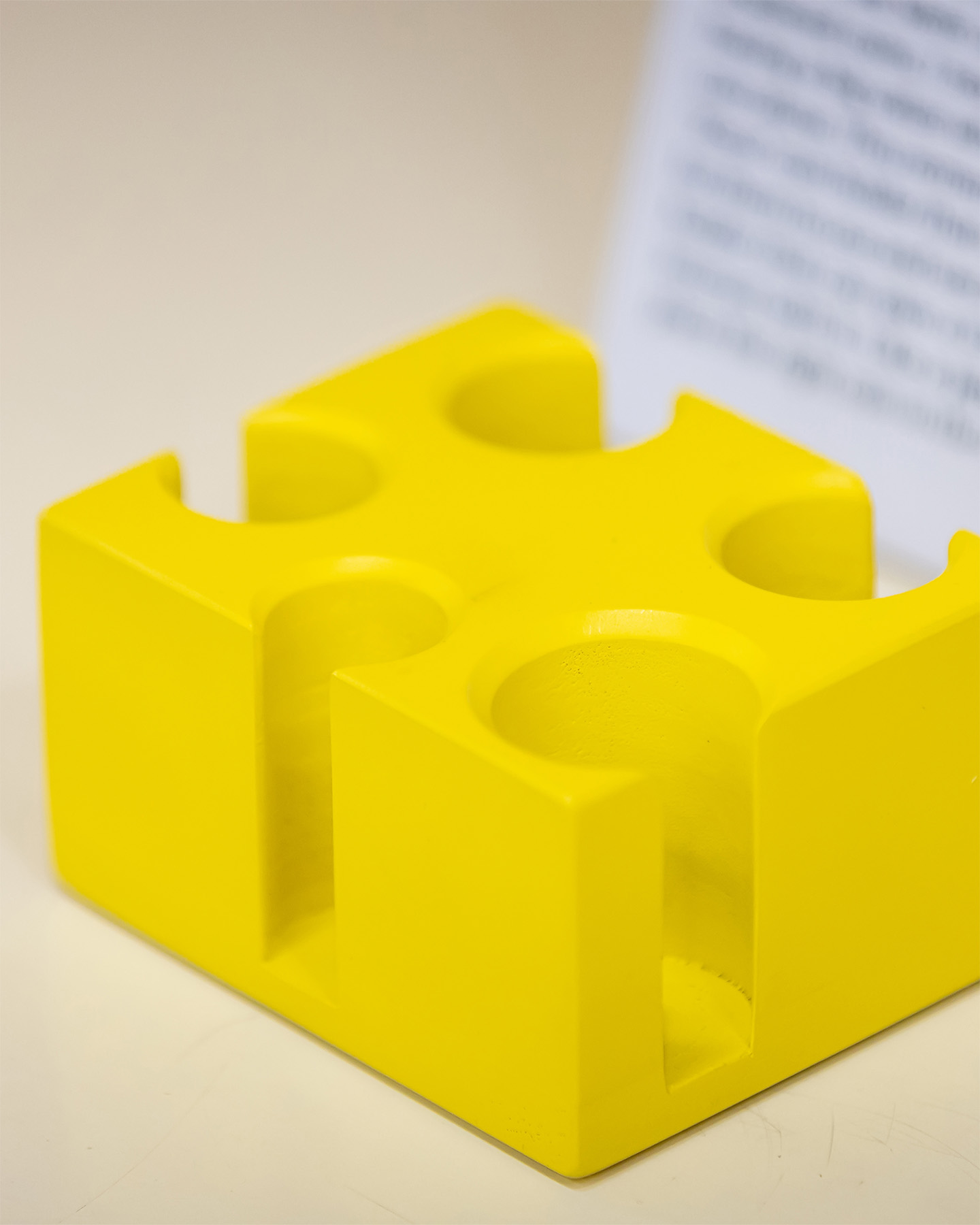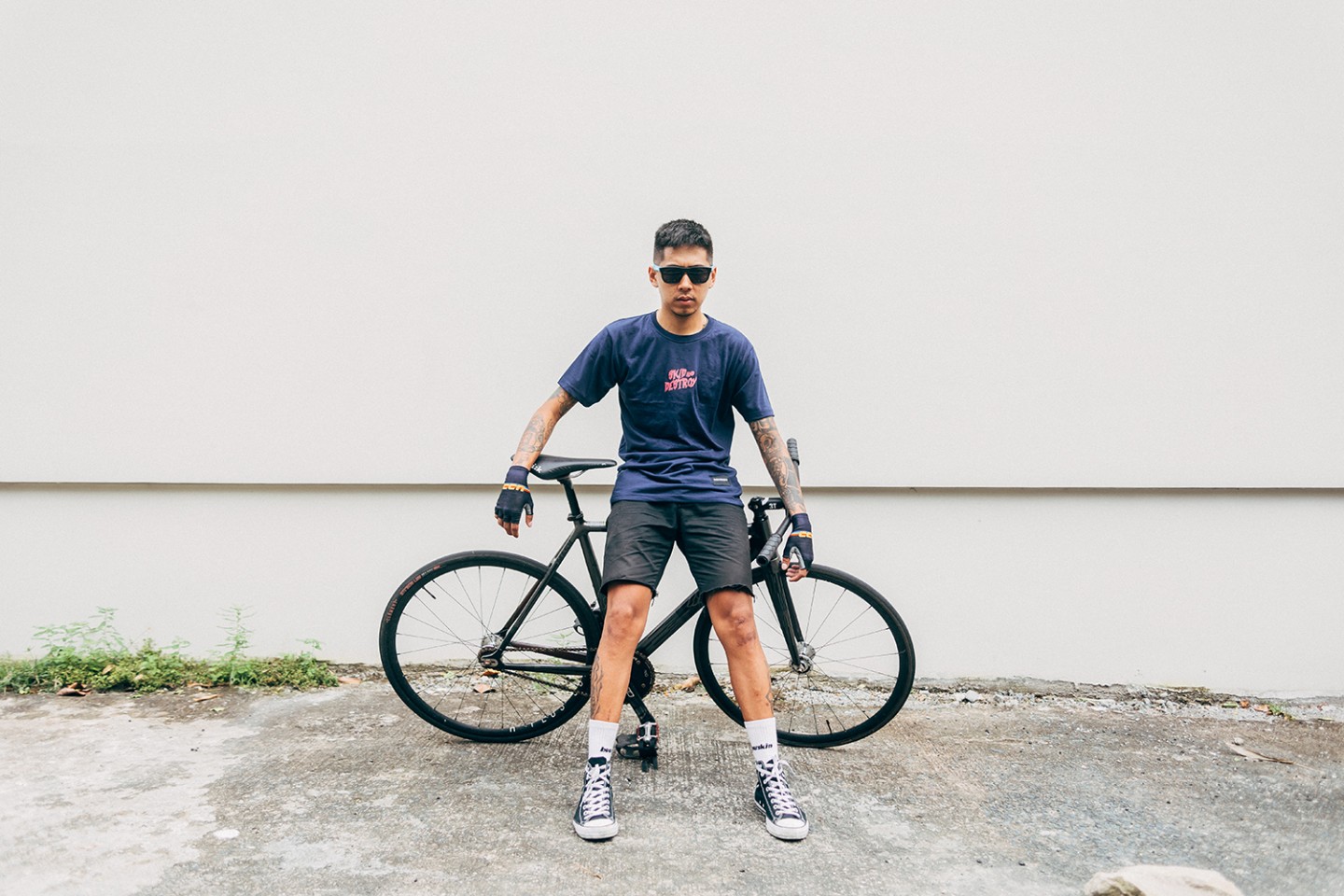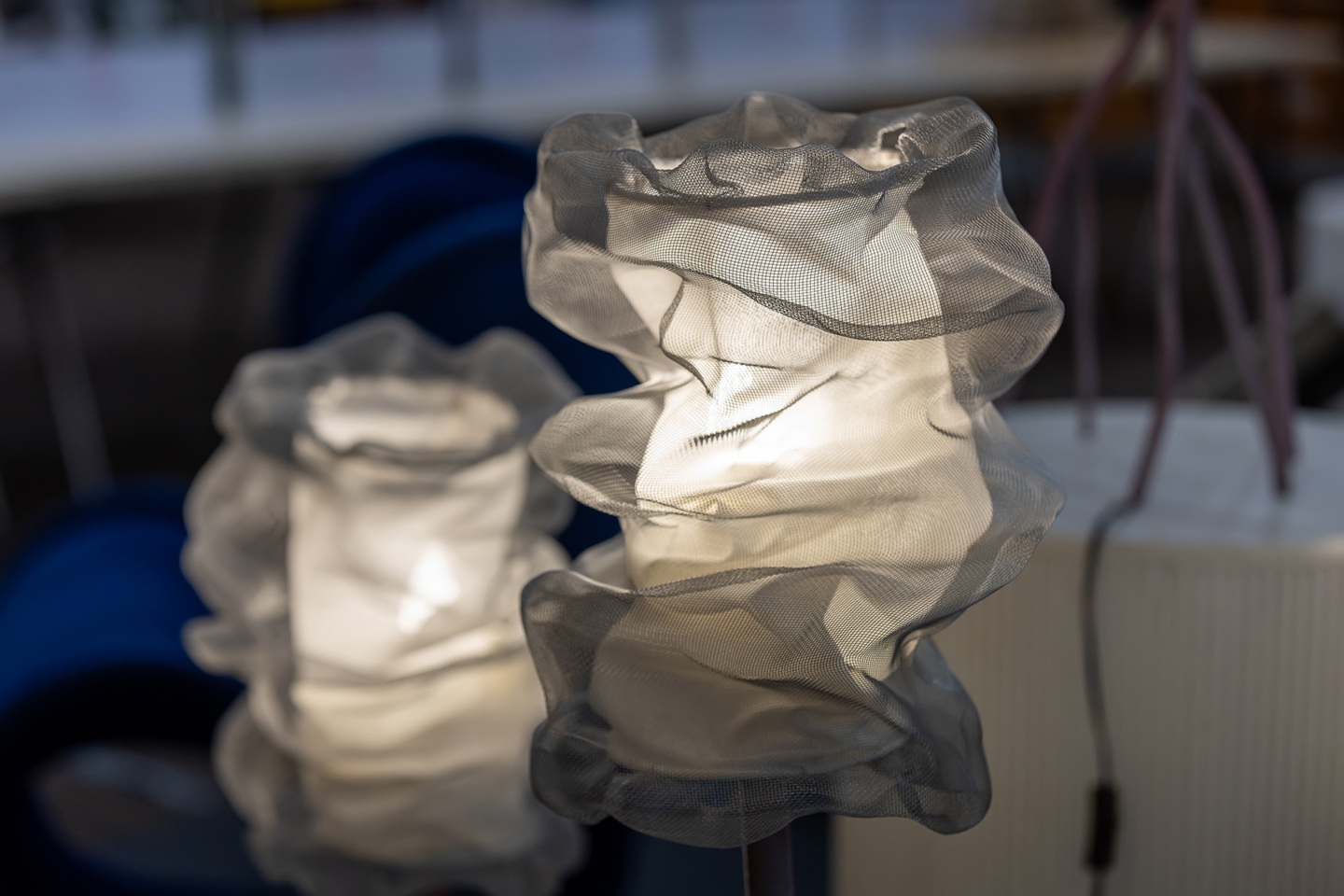
With the primary message of “It starts with malakasakit (compassion)”, the Good Design Award Philippines aimed to underscore the role of design in addressing social, economic, and environmental challenges aligned with the United Nations Sustainable Development Goals.
The Good Design Award Philippines, a biennial program that recognizes outstanding design, celebrated exactly that last June. They gave out Grand Prix, two Gold Awards, and several others to various design campaigns, projects, and products that embody their key message.
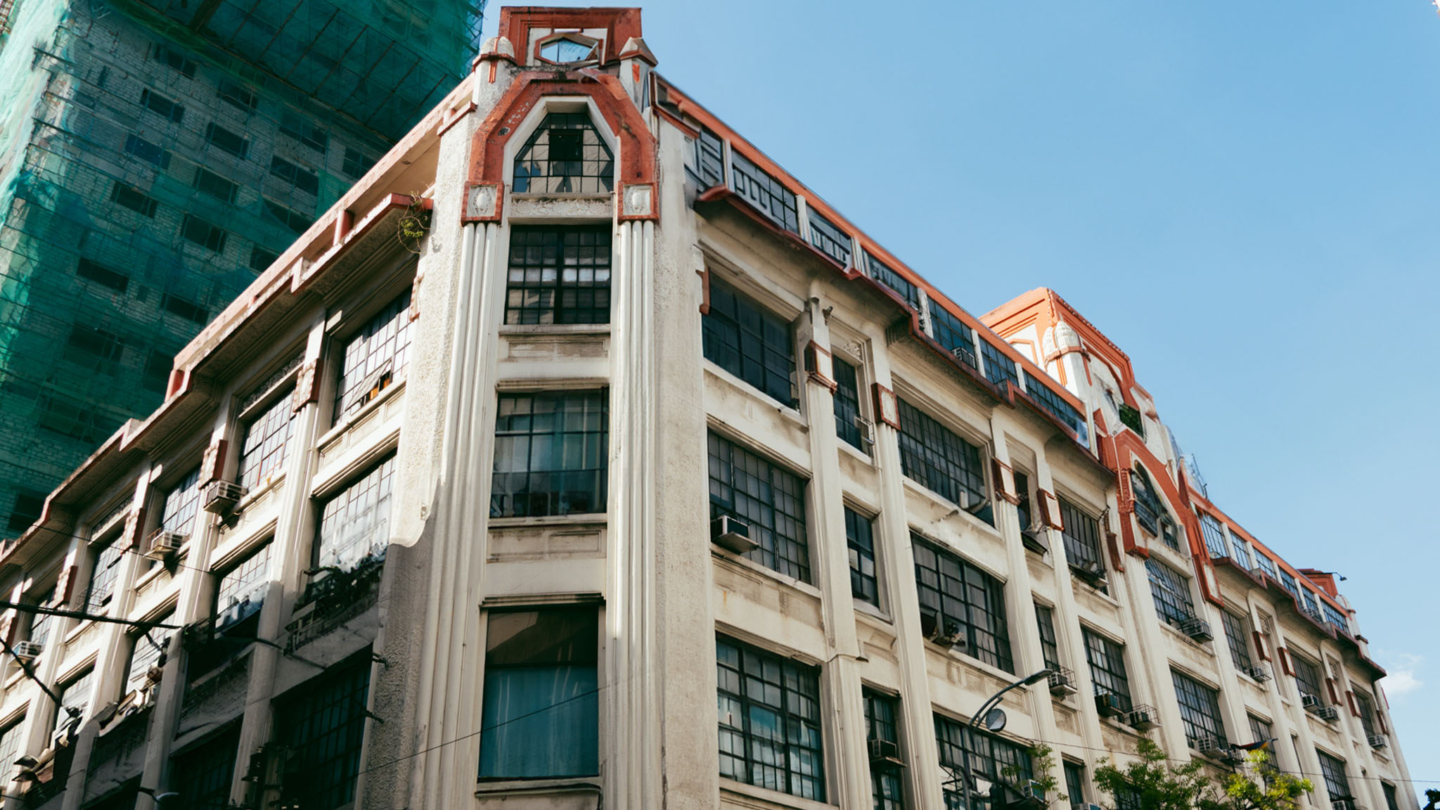
The Malasakit Grand Prix
This year’s Malasakit Grand Prix was awarded to the First United Building in Escolta, Manila—an iconic development that truly embodied the power of restoration and adaptive reuse in driving urban regeneration.
“The restored First United Building in Escolta revitalized the district, attracting creative tenants and drawing a new demographic of visitors and regular audiences that come to Escolta to escape the cookie cutter spaces that proliferate in many urban areas. Despite challenges, the building’s revival showcases the power of design and preservation, not only in restoring its past but also in fostering Escolta’s economic resurgence that caters to the next generation of the creative class.” said Good Design Award Philippines 2024 Jury Chair Mylene Abiva.
The revival of the historic structure gave new life into the building and served as a model for sustainable preservation, highlighting how historical significance can thrive alongside contemporary use.
The Two Gold Awards

One of the Gold Awards given this year was the Right to Care Card, a healthcare proxy document from Quezon City, which allowed same-sex couples to make medical decisions for each other during emergencies. The project captured exactly how good design plays a role in enhancing inclusivity and providing better government services.
ANTHILL Fabric Factory’s Philippine Textile Table Swatchbook shed light on indigenous fabrics through powerful storytelling and interactive features, allowing for bigger and deeper appreciation of our diverse local textile collection and culture. This project was also given the Gold Award.
Other Awards
This year saw a significant increase in entries, with 204 submissions and 84 shortlisted finalists. As such, apart from the three awards mentioned above, 23 other awards were given to design projects ranging from the following categories: object making, place making, systems and service design, image making, and object innovation.
“This year’s awardees are indeed a reflection of the transformative journey of Philippine design as a strategic problem-solving process that drives innovation, builds business success, and leads to a better quality of life through innovative products, systems, services, and experiences” Rhea Matute, Executive Director of the Design Center of the Philippines, said. “Our designers are storytellers, changemakers, and agents of malasakit (compassion) who exhibit the resilience and creativity of the Filipino spirit.”
By putting compassion (malasakit) at the forefront, the Good Design Award Philippines aligns with the call to evoke positive change and inspire a brighter future through design. This year’s Good Design Award Philippines also worked with key partners such as the United Nations Development Program (UNDP), the Department of Science and Technology Industrial Technology Development Institute (DOST-ITDI), and Globe Telecom.
L-R: Ocean Lamp by Rev Naval, Alahas: Philippine Heritage Jewelry Book by Maria Angelica Santos-Bermejo + Manifesto Design Lab, Lakat Sustainables by Johanna T. Claparols and Michael E. Claparols, Tiny Tree Hugger Home by Ar. Marvin Albert Mariñas + IDr. Sheryl Mariñas, Pili Seal by Engr. Mark Kennedy Bantugon, Obra Ceramics by Ria V. Reyes, Keso Coin Holder by Miguel R. Habito, and Bahay: A Tour of Traditional Filipino Homes by Adrian C. Panadero.

